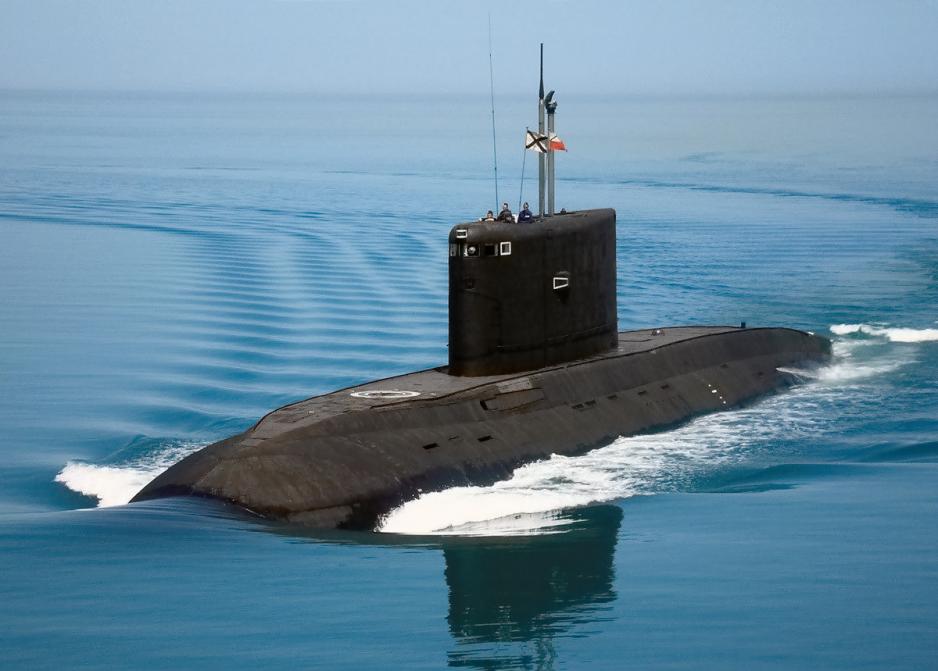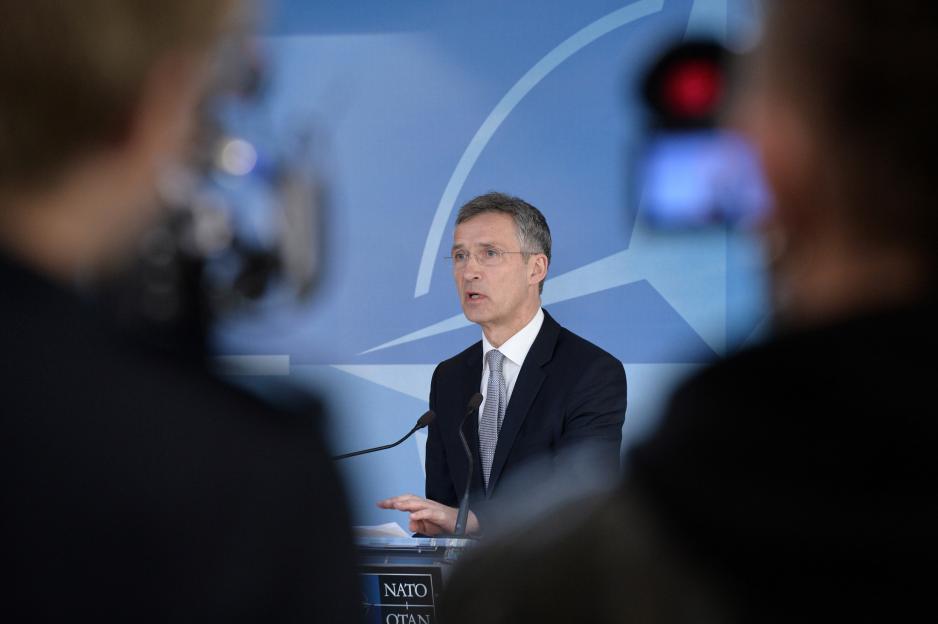Russia’s Military Modernization Heightens Tensions with U.S.

Russia’s President Vladimir Putin’s military modernization has the Pentagon, the headquarters of the United States Department of Defense, responding by accelerating its own “undersea capabilities” and countermeasures.
Last fall Admiral Mark Ferguson, the United State’s Navy’s top commander in Europe, said that the intensity of Russian submarine patrols had risen by almost 50 percent over the past year. According to NYT Ferguson cited public remarks by the Russian Navy chief Victor Chirkov, and analysts say that tempo has not changed since then.
“Expanding Rivalry”
The Russian government has spent billions of dollars on new classes of diesel and nuclear-powered attack submarines, and “the tensions are part of an expanding rivalry and military buildup, with echoes of the Cold War, between the United States and Russia”, NYT reports.
Independent American military analyst see the increased Russian submarine patrols as a legitimate challenge to the United States and Nato. Even short of tensions, there is the possibility of accidents and miscalculations, they warn.
The U.S Defense Department has proposed $8.1 billion over the next five years for “undersea capabilities,” including nine new Virginia-class attack submarines that can carry up to 40 Tomahawk cruise missiles, and this would alledgedly more than triple the current capacity.
In the short term, the growing number of Russian submarines will require more ships, planes and subs to monitor them, American naval officials says.
Quadrupling of funds
The NYT-article also mentions the American anti-submarine aircraft that were stationed for decades at the Naval Air Station Keflavik in Iceland. They were withdrawn in 2006, several years after the Cold War.
Read also: Waking up the Keflavik air base; US Navy returns after 10 years of absence
Now, the U.S. Navy is poised to spend about $20 million to upgrade hangars and support sites at Keflavik to handle its new, more advanced P-8A Poseidon maritime patrol aircraft. That money is part of the Pentagon’s new $3.4 billion European Reassurance Initiative, and supposively a quadrupling of funds from last year to deploy heavy weapons, armored vehicles and other equipment to NATO countries in Central and Eastern Europe, to deter Russian aggression.
“We’re back to the great powers competition,” NYT cites Admiral John M. Richardson, the chief of naval operations, as saying in an interview.
Stoltenberg: - Profound and persistent disagreements
Yesterday, after two years of military posturing and harsh rhetoric, Russia and the Western NATO military alliance met in Brussels to try to re-open the lines of communication severed in the aftermath of Russia's annexation of Crimea.
The meeting took place behind closed doors, but speaking after the meeting, Russia's ambassador to NATO Alexander Grushko, said there was "no positive agenda" under discussion with NATO.
Both sides said there could be future meetings under the council format, but neither side could say when such a meeting would take place.
Despite the barely concealed frustration on both sides, the NATO leader supposedly tried to put a positive spin on the day's events:
"We have proven today that we can sit down and talk," the newspaper quote Nato Secretary General Jens Stoltenberg as saying.
Nevertheless, tensions are still high, and as Kremlin spokesman Dmitry Peskov noted in the lead-up to the meeting, “Total lack of trust” remains between the two sides.
- NATO and Russia have profound and persistent disagreements. Today's meeting did not change that, Stoltenberg said in his doorstep statement, following the NATO-Russia Council meeting.

